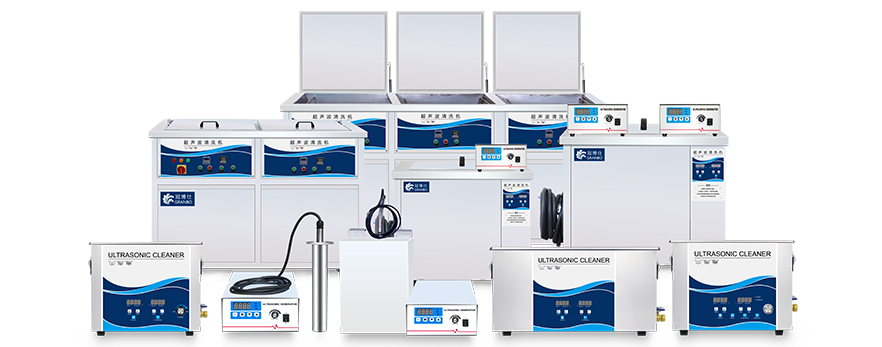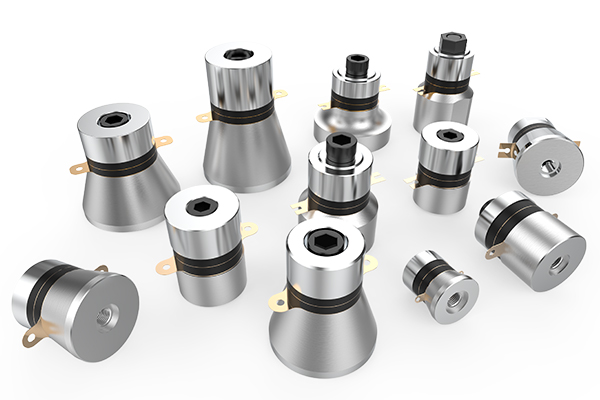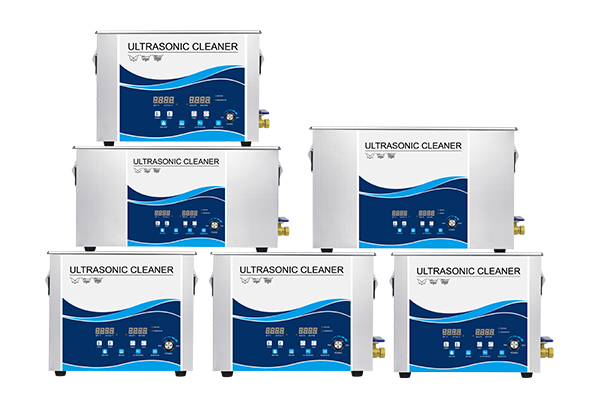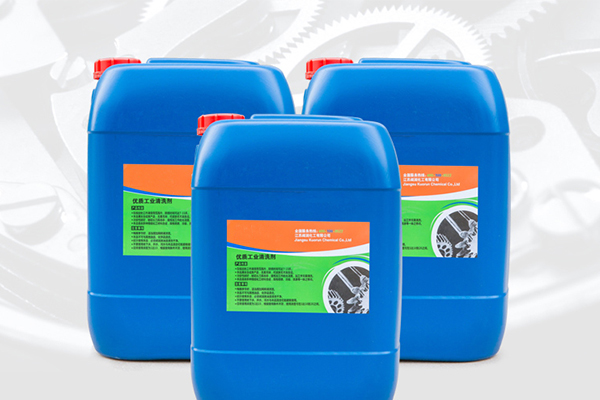You’ve probably seen those mesmerizing videos where jewelry, coins, or glasses are plunged into a tank, and within seconds, clouds of dirt seem to magically disappear into the water. It’s oddly satisfying. The secret behind this cleaning sorcery? Ultrasonic cleaners. But if you’re wondering whether your sunglasses can safely take the plunge too, you’re not alone. The answer, like most things, isn’t a simple yes or no—it depends.
Whether you’re a daily sunglass wearer, an optical enthusiast, or just someone who likes their accessories spotless, the idea of using ultrasonic cleaning can be enticing. It promises thorough cleaning even in hard-to-reach spots like the hinges or under the nose pads. But before you drop your favorite pair into the tank, let’s unpack what ultrasonic cleaning actually is, how it works, and what risks or rewards it holds for your sunglasses.
How Ultrasonic Cleaning Actually Works
Ultrasonic cleaners rely on sound waves—specifically high-frequency ones. These sound waves are transmitted through a liquid, usually water mixed with a mild detergent. What happens next is something called cavitation: tiny bubbles form and collapse rapidly. It’s this collapsing motion that dislodges contaminants like dirt, oil, and grime from the surface of whatever’s submerged.
To the naked eye, it may look like magic, but it’s really physics doing its job. The gentle (but high-speed) scrubbing action reaches microscopic crevices—places a cloth or brush never could. That’s why ultrasonic cleaning has been widely adopted in fields like dentistry, watchmaking, and precision optics.
So the technology works. The question becomes: is it suitable for something as sensitive and varied as a pair of sunglasses?

Material Matters: What Are Your Sunglasses Made Of?
To determine whether ultrasonic cleaning is safe, you need to consider the materials of your sunglasses—both the lenses and the frame.
Let’s start with the lenses. Most sunglasses fall into one of three categories:
- Glass lenses: Very durable and typically safe in ultrasonic cleaners.
- Polycarbonate lenses: Common in sports and designer sunglasses. Lightweight but softer and more prone to scratching or distortion if cleaned improperly.
- CR-39 plastic lenses: Another plastic option, more scratch-resistant than polycarbonate, but still not invulnerable.
If your lenses have specialized coatings—think anti-reflective, mirrored, polarized, or photochromic (those that darken in sunlight)—they’re more sensitive. The ultrasonic action itself typically won’t strip these coatings, but if the coating is already compromised or poorly applied, the vibration may worsen delamination over time.
Frames come in an equally wide variety: metals, acetate, TR90 (a lightweight polymer), carbon fiber, and even wood. Ultrasonic cleaning is generally safe for metal and quality plastics, but if your frames are glued together or feature inlays (like rhinestones), prolonged exposure can weaken the adhesives or cause pieces to fall out.
Pros of Using Ultrasonic Cleaners on Sunglasses
Let’s not forget the upside. When used appropriately, ultrasonic cleaning can be incredibly effective and even safer than manual cleaning methods. Unlike abrasive cloths or harsh chemicals, ultrasonic cleaners use no friction, making them ideal for deep but gentle cleaning.
They’re especially useful for:
- Cleaning under nose pads where sweat and oil accumulate.
- Removing buildup in hinges or behind decorative frame elements.
- Restoring clarity to lenses that have dulled from skin oils or environmental exposure.
Additionally, if you’re someone who wears prescription sunglasses or transitions lenses, an ultrasonic cleaner can reach places a microfiber cloth simply can’t. Some opticians even recommend regular ultrasonic cleaning to preserve lens clarity.
What Can Go Wrong? A Cautionary View
While the benefits are real, so are the risks. For starters, not all ultrasonic cleaners are created equal. Cheap models often lack fine-tuned frequency control, which can make a big difference in the gentleness of the cleaning process. A poorly designed cleaner could emit erratic cavitation waves, which may damage soft lens materials or cause stress fractures in fragile frames.
Then there’s the human factor. Many issues arise not because ultrasonic cleaning is inherently dangerous, but because users:
- Leave sunglasses in too long
- Use incorrect cleaning solutions
- Fail to inspect for pre-existing cracks or loose parts
Some lenses may already have micro-fractures or tiny defects. When submerged, the rapid vibration can cause these defects to expand. Likewise, frames that rely on glued elements or painted logos may lose adhesion or color integrity after repeated cleanings.
There’s also the issue of heat. Some ultrasonic cleaners come with heating elements that warm the solution to improve cleaning performance. While warm water isn’t inherently dangerous, excessive heat combined with cavitation could affect plastic frames or heat-sensitive lens coatings.
Expert Opinions and Professional Use
A 2015 study published in the Journal of Clinical Optometry noted that ultrasonic cleaning was “an effective and non-invasive method of maintenance for prescription lenses and frames,” but emphasized that “coating integrity must be monitored, particularly with frequent use.”¹
Manufacturers like Essilor and Oakley recommend periodic ultrasonic cleaning at optical shops, but usually avoid endorsing home ultrasonic use unless the device is high-quality and used under guidance.
Some optometrists also caution against DIY cleaning of prescription sunglasses if the lenses were customized or came with high-index materials, as those are more prone to heat and vibration stress.
So what does this mean for the average person? It means the ultrasonic cleaner in your home might not match the quality or precision of the ones used professionally. Still, with proper precautions, you can safely use it.
How to Use an Ultrasonic Cleaner Safely on Sunglasses
If you’re determined to go ultrasonic, here’s how to do it wisely.
First, inspect your sunglasses carefully. If you see peeling, cracking, or any signs of coating wear, it’s best to skip the ultrasonic bath and clean manually.
Use a dedicated eyewear or optical cleaning solution—never household soap, vinegar, or alcohol. These can damage both lenses and coatings, especially when combined with ultrasonic cavitation.
Set the timer for short durations—10 to 30 seconds is usually enough. Avoid running repeated cycles unless absolutely necessary. If your cleaner has temperature settings, keep them below 40°C (104°F).
Once the cleaning is done, rinse your sunglasses with clean water and dry them using a soft, lint-free microfiber cloth. Never use paper towels or your shirt, no matter how tempting.
Lastly, be mindful of frequency. A gentle weekly or bi-weekly clean is plenty. Overuse could cause cumulative wear to delicate parts.
When Not to Use an Ultrasonic Cleaner
If your sunglasses are vintage, feature glued decorations, or use materials like wood or horn, ultrasonic cleaning is likely a no-go. Likewise, if the brand or manufacturer explicitly advises against ultrasonic cleaning (check the manual or official site), don’t risk it.
Also, if the sunglasses were inexpensive and not meant to last forever, it’s probably safer to clean them manually with mild soap and water. The ultrasonic cleaner is better reserved for higher-end or more durable pairs.
Is It Worth Buying an Ultrasonic Cleaner Just for Sunglasses?
That depends. If you also own jewelry, watches (with water resistance), razors, or dental appliances like retainers, then a good ultrasonic cleaner can be a smart investment. But if you only plan to use it on one pair of sunglasses every few months, manual cleaning with proper technique might be enough.
That said, the mid-range devices ($60–$150) with proper frequency control (around 40 kHz) and a stainless steel tank tend to offer the best balance of performance and safety for home use. Avoid ultra-cheap units with vague specs or flimsy plastic build quality.
Jewelry/ Glasses/ Tooth/ Spare Parts/ Home Portable Intelligent Ultrasonic Cleaner
Real Users Weigh In
In eyewear forums and Reddit threads, users often share positive experiences with ultrasonic cleaners—especially those who wear glasses daily or live in dusty environments. Several noted that their sunglasses looked brand new after a quick cycle. But almost every thread includes cautionary tales, like the guy whose mirrored lenses started peeling or someone who lost rhinestones from a designer frame.
The consensus? It works great—if you know what you’re doing.
Final Thoughts
Ultrasonic cleaners offer a powerful, convenient way to maintain your sunglasses, but they’re not foolproof. When used correctly, they can extend the life and clarity of your lenses while keeping every nook of your frames spotless. But a little knowledge and care go a long way. Take time to check the materials, choose the right settings, and monitor for signs of wear.
Treat your sunglasses like the delicate instruments they are, and you’ll get the most out of this clever bit of cleaning tech.




